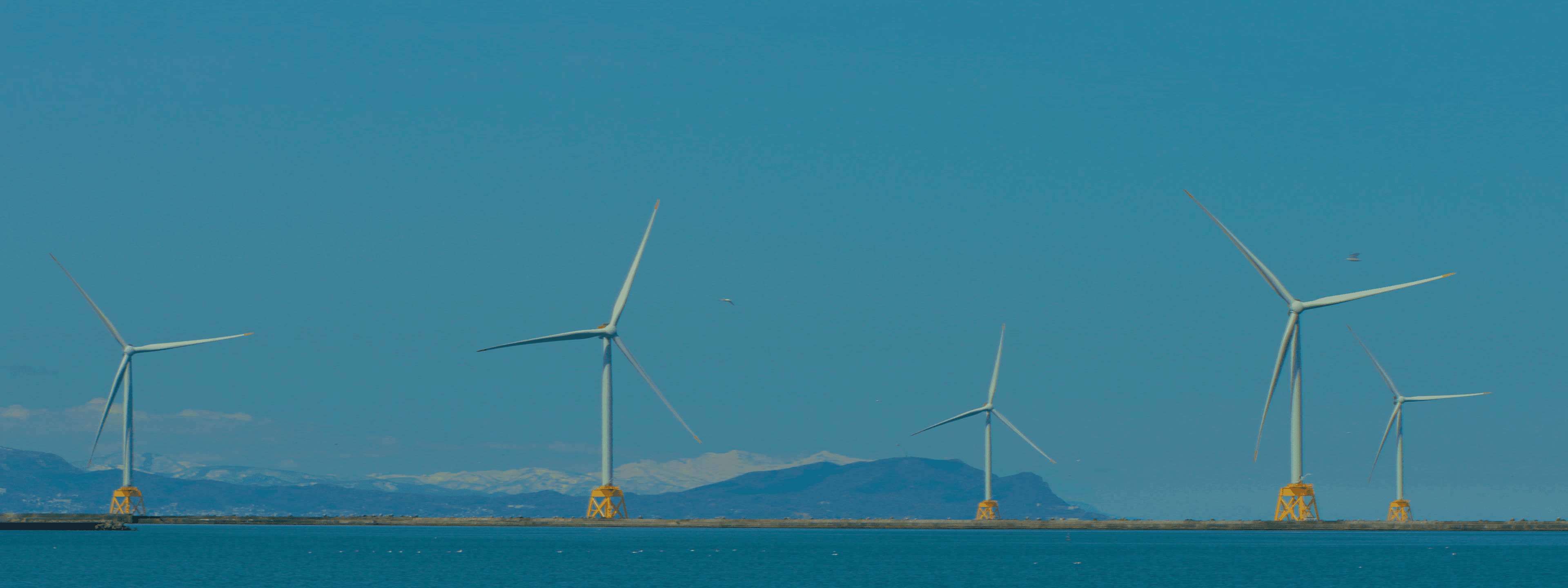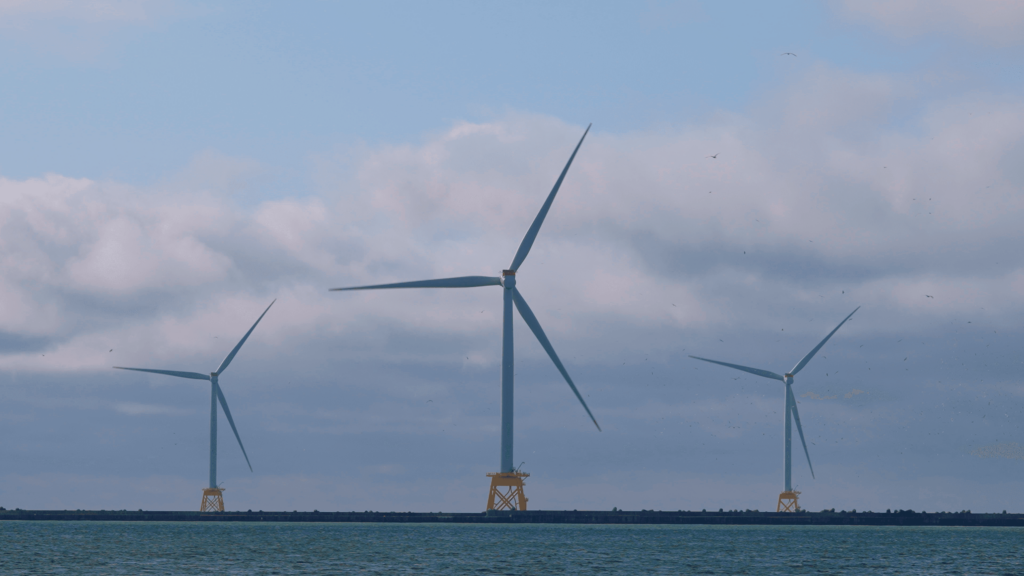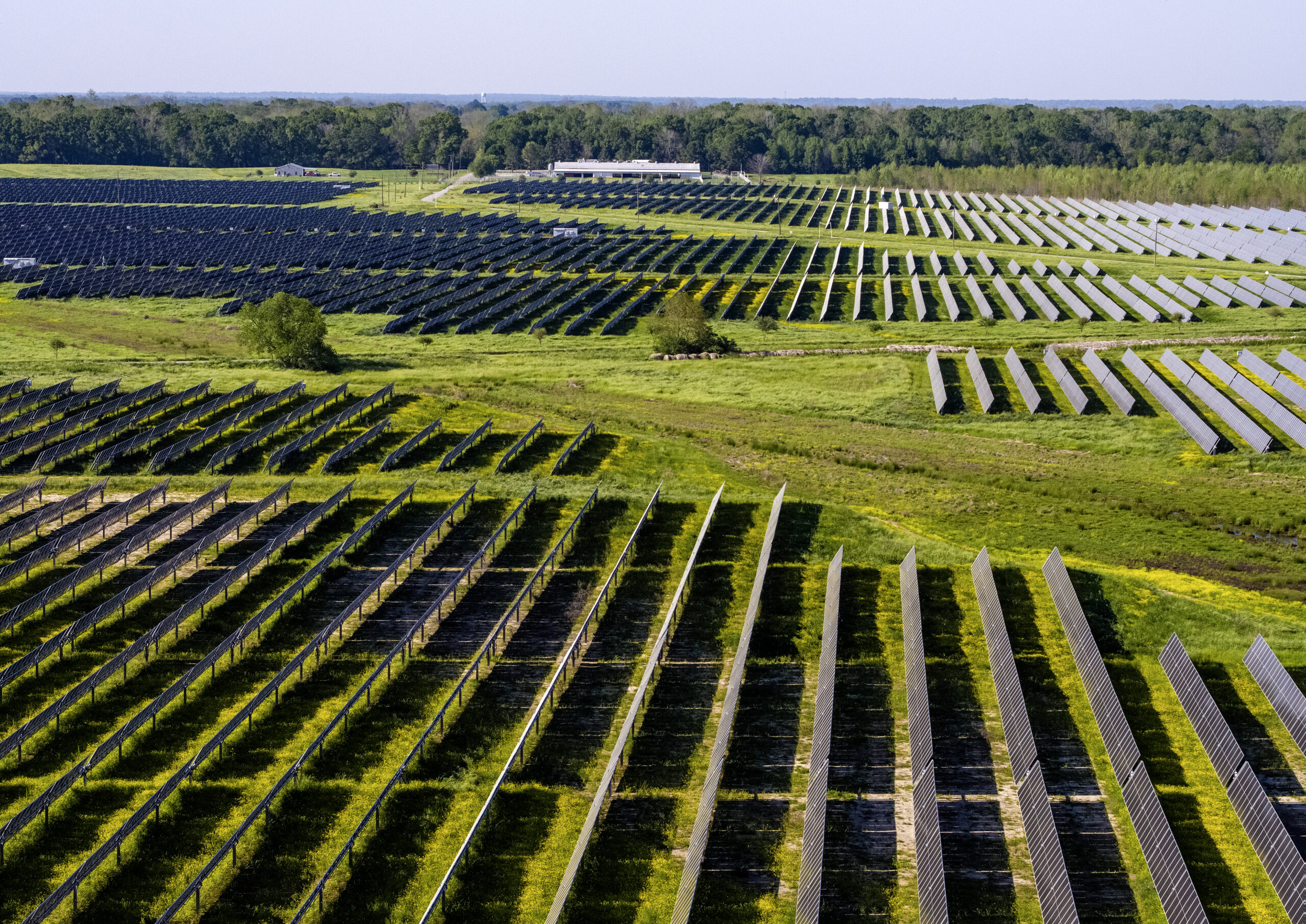Blog 07.2024
Navigating geopolitical uncertainties to build a sustainable energy system

In the latest piece in our leadership blog series, Ben Hunt, VP Communications and Public Affairs, reflects on how the interdependencies between public and private sectors mean that a successful energy transition demands productive cooperation.
There has been no starker example of the political volatility around renewable energy than those seen since the UK’s July election. Within just 72 hours of taking office, the new Labour administration lifted a de facto nine-year ban on onshore wind farms.
This move, unsurprisingly, was welcomed by environmental activists and renewables organizations, although as Wind Europe pointed out, it can only be the first step of many that are required.
“The electricity grid is a major bottleneck. Five times more electricity infrastructure needs to be constructed by 2030 than in the past three decades to deliver a net zero grid. Receiving project consent from authorities is another bottleneck. More than 100 GW of wind energy projects in the UK are waiting for their grid connection assessment,” it said in a statement.
As this intervention illustrates, the interdependencies between public and private sectors define the energy industry, and a successful transition demands productive cooperation. Developers, and the supply chain and investment community that supports them, need a stable and constructive regulatory and planning environment alongside a consistent and predictable volume of projects that carry economic conditions capable of delivering value to the whole chain.

In 2024, stability and predictability are hard to come by, with an unprecedented number of national elections taking place that have the capacity to change instantly the political environment for renewable energy. Despite decades of delivering sustainable, increasingly competitive and secure electricity supplies, renewable energy remains a political football. In some circles it’s regularly referred to as part of the “woke” agenda, leaving it sitting uncomfortably within the parameters of the culture wars defining so much of the contemporary discourse.
That leaves executives and investors looking nervously at auction timetables, grid development programs and other critical events wondering whether or not projects they have invested millions in will ever see the light of day.
European elections have, so far, not brought too much disruption although there is clear potential for issues further down the line. All eyes in the industry are now turned westwards, to the United States. One of my most poignant memories of COP25 in Madrid was a US pavilion, representing a country that was at that stage outside of the Paris accord, led by the US Climate Action center and representing a coalition of cities, States and non-governmental actors. #WEARESTILLIN, was the bipartisan message delivered at the event. Those eyeing up huge offshore projects in the US will be watching developments very carefully.
In this environment it remains essential that the industry continues to make the case powerfully and proudly for renewable energy as a source of power that offers countries a route to an independent, clean and affordable source for generations to come. It will not be easy to shift the debate away from the culture war discourse decisively. It’s encouraging then to see organizations like the Global Renewables Alliance and the Climate Action Coalition campaigning strongly for action.
JERA Nex will do the same and as a politically neutral organization, looks forward to working with governments and organizations of all stripes to advance the energy transition agenda.
You may also be interested in

JERA Nex, leading the energy transition
Satoshi Yajima, JERA Nex's chairman, explains why the launch of JERA nex was an exciting moment for the energy transition.

A new renewables company to transform the global energy system

Reasons to be cheerful: A new way to do renewables
Richard Scott, VP Global Construction & Development (Onshore) explains why the launch of JERA Nex is a bright spot in the renewables industry.
